When I first set foot in the fitness industry in 1989, the use of protein powders was in its infancy. Just about anything on the market was packaged by bodybuilders for lifting enthusiasts. That said, I’m a little biased since I lived in that world.
I remember when Met-Rx first came out as a meal replacement shake. Tasted like crap! I still can’t believe it had a strong enough foothold to grow into the giant it became. I’ll never forget the lady who would come into the gym and buy just about all the Met-Rx shakes. It’s all she consumed. I heard she ended up with severe constipation from the lack of fiber! Ouch!
Years later I ended up visiting Jose Antonio at Met-Rx headquarters when he was in their marketing department. And from that date, things have changed a lot!
If you had told me twenty years ago the protein shake industry would evolve into the giant it’s become, I would not have believed you! Nonetheless, this article is a review of the different types of protein powders. Get your shakers and blenders ready!
Glynn’s Guide:
Takeaways That Won’t Fail You
- Whey and casein protein are the highest quality protein for muscle protein synthesis
- Egg white protein powder is also highly scored, but it’s expensive.
- Because of the slow rate of absorption of casein, it’s a great pre-bed protein supplement.
- Plant proteins are typically inferior because they usually lack one of the essential amino acids.
- Many supplement companies add back the missing amino acids, making them more viable sources.
- If building muscle is your goal, any of the animal-based (whey, casein or egg white) proteins will suit you well.
- If you’re avoiding animal protein, pea protein has shown promising results.
- When evaluating a protein source, it should have between 2000-3000 mg leucineone of the BCAA’s that is used heavily in muscle protein synthesis to stimulate the maximum muscle protein synthesis.
What are all the different types of protein powders?
So, how many types of protein are there? This is a very pervasive industry, so I chose to just review the following protein options:
- Whey protein
- Casein protein
- Egg (albumin) protein
- Pea protein
- Mixed plant protein
- Hemp protein
- Rice protein
- Soy protein
As you can see, there is plenty of protein powder without whey available for those of you interested.
How do we evaluate each source?
There are several ways we evaluate the quality of a protein source. They are:
PER (protein efficiency ratio) is one of the methods and is not a great way to measure.
Biological value is a better method. It measures how efficiently the body uses protein consumed through our diet. But there are several factors that make it subpar.
Protein digestibility corrected amino acid score (PDCAAS) measures a ratio of the limiting amino acid vs all others. This is currently the gold standard, but I have read there’s a superior method that will soon take over. For now, PDCAAS is enough to thoroughly evaluate for our needs.
Whey protein
There are always a lot of questions surrounding whey protein such as:
Is whey gluten-free?
Yes
Is whey the best protein powder for energy?
Since it’s absorbed most rapidly, it’s a good protein source for energy. But one derives energy from anything they eat.
What about whey protein vs plant protein?
Whey is superior in all scores (bioavailability, PDCAAS, and PER).
Whey is the fastest protein powder to be absorbed and has a very high leucineone of the BCAA’s that is used heavily in muscle protein synthesis content. This makes it superior for immediately after a workout.
In fact, it has the greatest ability to stimulate muscle protein synthesis of all the listed protein powders. I believe, again that is due to the absorption rate and the elevated level of leucine in whey protein.
When shopping for whey protein, keep in mind that whey protein isolate is superior to concentrate. But you’ll pay the difference.
On average, whey protein has approximately 25 grams of protein per serving.
There are no limiting amino acids for whey protein. This is another reason making it a fantastic choice!
As far as palatability, I’ve tried so many different companies and flavors and very few are poor tastings. This applies to current products, not the vile powders of the past.
Casein protein
We won’t get into what the best casein protein powder there is, but rather review its characteristics. There are a lot of brands out there and you can’t go wrong if you order from a company listed in my article 5 Best Whey Protein Powders to Boost Your Workout Results.
So, what are the benefits of casein powder?
- It has a high bioavailability.
- It is absorbed slowly making it a great pre-bed protein powder.
- It’s almost equal to whey protein in muscle protein synthesis.
On average, there are 25 grams of protein for casein protein.
There are no limiting amino acids for casein protein.
Again, as far as palatability, I’ve tried so many different companies and flavors and very few are poor tastings.
Egg protein
Egg white protein is a dairy-free protein. What are the benefits of egg white protein powder?
- It has a very high bioavailability.
- Its PDCAAS score is outstanding.
But the disadvantage is the cost (average of $25/pound). If you don’t mind paying, it’s a great alternative to dairy.
On average, egg protein powder has 24 grams of protein per serving.
A tried and true company for egg protein powder is Universal. They’ve been around forever and I’ve never experienced any issues with their products.
The palatability of the few egg protein supplements I’ve tried has all met my expectations and not tasted badly.
Pea protein
Pea protein isolate is a dairy-free protein shake. It falls into the vegan protein shake category.
I was shocked to find that it has shown similar results to whey in my literature review.
And our gut bacteria can use some of the non-digestible components, converting into usable components for us.
On average, pea protein has 27 grams of protein per serving.
I ordered Naked Pea to try from Amazon and I expected a bland, unflavored supplement. That’s exactly what I got! It’s not terrible, but it’s not great. Add it to coconut or almond milk for a better flavor.
I have zero concern for flavor when I’m consuming protein shakes. It’s the convenience factor and quality protein source that are more important to me. So, because of the amino acid profile and environmentally friendly source, it’s a good choice to me.
Mixed plant protein
Mixed plant protein is a dairy-free protein mix of several of the following: rice, pea, soy, algae and or hemp protein. You’ll encounter multiple combinations of different proteins.
One advantage of a mix is a better overall amino acid profile.
After reviewing several of the brands, I’ve come to the conclusion that everyone and their brother is packaging their own brand. Welcome to the new world of Amazon. In other words, there are likely far fewer factories in production than there are brands. Follow me?
Every reputable brand I reviewed added back any limiting amino acids. This makes it very easy for a vegetarian to acquire an adequate protein intake.
On average, mixed plant protein has 20 grams of protein per serving.
I did not order any mixed plant protein powders, so I cannot give you my opinion of palatability.
Hemp protein
Hemp protein is another dairy-free protein source. It’s newer to the market because of federal law.
Its limiting amino acid is lysine but it’s high in arginine and other sulfur-based amino acids. It’s shown to have up to 70% solubility in water while most plant proteins are generally not soluble.
Because it’s newer to the market, most research is based on its use in the medical industry. It seems to be used a lot in the treatment of oxidative stress-related diseases.
Hemp protein is albuminous (simple water-soluble proteins that can be coagulated by heat)… much like an egg white.
In the hemp protein vs soy protein debate, hemp protein isolate is superior because it contains more of the essential amino acids. It’s also easier to digest.
Note that it’s best to find hemp protein that has had the hull removed before production. That generated the best PDCAAS score.
On average, the hemp protein has 13 grams of protein per serving. This is lower than many alternatives. But it does offer a good source of fiber and quality fats. This makes it difficult to compare it to other protein powders.
I ordered Navitas Organics Hemp Powder to get a feel for the palatability of the product. It’s unflavored, but not terrible. I believe it may be better suited for baking, but it’s a great source of quality fats and fiber as well as protein, so it will do in a pinch.
Rice protein
May need additional leucine added to hang with animal-based supplements. If your digestive tract is sensitive to animal protein, rice protein may be a good alternative. It has a high bioavailability and is more easily digested than whey and casein.
Of course, it’s also a dairy-free protein. It’s limiting essential amino acids appears to be threonine and glutamine.
On average, rice protein has 25 grams of protein per serving.
I did not order any rice protein powders, so I cannot give you my opinion of palatability.
Soy protein
Soy protein is, of course, another dairy-free protein. And for best results, look for soy isolates. Nonetheless, it’s inferior to whey and casein for muscle protein synthesis.
In the past, there were claims that replacing certain lean animal protein with soy protein could lower cholesterol and triglycerides. But those claims have been discounted.
On average, soy protein has 22 grams of protein per serving.
I have not tried any current brands of soy protein powder, so I cannot give you my opinion of its palatability. In the past, it was not good.
Scoring some of the protein powders
Question… Can we reprint their tables or should we reformat them and only use relevant info?
Hoffman presented the following table as a great reference.
| Protein Type | Protein Efficiency Ratio | Biological Value | Net Protein Utilization | Protein Digestibility Corrected Amino Acid Score |
|---|---|---|---|---|
| Beef | 2.9 | 80 | 73 | 0.92 |
| Black Beans | — | 0 | 0 | 0.75 |
| Casein | 2.5 | 77 | 76 | 1.00 |
| Egg | 3.9 | 100 | 94 | 1.00 |
| Milk | 2.5 | 91 | 82 | 1.00 |
| Peanuts | 1.8 | — | — | 0.52 |
| Soy protein | 2.2 | 74 | 61 | 1.00 |
| Wheat gluten | 0.8 | 64 | 67 | 0.25 |
| Whey protein | 3.2 | 104 | 92 | 1.00 |
Another great table was presented by Philips looking at limiting amino acids, PDCAAS and another rating system. It’s below:
| Protein source | PDCAAS | DIAAS | Limiting AA |
|---|---|---|---|
| Whey Protein Isolate | 1.00 | 1.09 | His |
| Whey Protein Concentrate | 1.00 | 0.97 | His |
| Soy Protein Isolate A | 1.00 | 0.91 | Met + Cys |
| Soy Protein Isolate B | 0.98 | 0.90 | Met + Cys |
| Pea Protein | 0.89 | 0.82 | Met + Cys |
| Rice Protein Concentrate | 0.42 | 0.37 | Lys |
What’s the best protein powder for building muscle?
Whether we’re discussing whey vs casein, whey vs hemp or pea protein vs whey, they all have their place in someone’s arsenal. But from the perspective of building muscle, the animal protein sources are superior.
They’re very high in BCAA’s and generally supplemented with addition. So if your number one goal is to build muscle, whey, casein, and egg protein are your best bets. Go with whey for post-workout and casein for pre-bed.
But, it should be noted that most of the vegetable protein powders are fortified with additional BCAA’s. So when trying to decide on the best protein with BCAA, you can expand your search to most protein powders.
Best type of protein powder for weight loss
If you’re looking for the best types of protein powder for weight loss, it’s necessary to understand that protein shakes do not induce weight loss. But they make a great tool in your arsenal during a weight loss regimen.
Instead of focusing on which type of protein to use for weight loss, focus more on cutting your sugar intake. You can read more about why sugar is so bad in my article Why Sugar is So Bad For You.
What is whey protein made of?
Here’s an excerpt from my article BCAA vs Whey Protein: The Differences, Which to Take, and Why.
This is an easy one… cow’s milk. Milk is predominantly made up of two types of protein:
- Whey protein
- Casein protein
Whey protein has been in use for centuries. At one point it (a long time ago) fed livestock, was used as fertilizer or even thrown away.
Eventually, we began using it as a food additive for many of the household food products which we grew up with. Before the chemical technology improved.
Since then, whey protein has come such a long way as a supplement.
This was driven by fitness enthusiasts. They were excited by how fast whey protein was absorbed and its abundant quantities.
With that, the manufacturing of whey protein concentrates improved significantly. In both the chemical and functional properties. It led to the much better product we have today.
What’s the best whey protein?
I covered this thoroughly in my article 5 Best Whey Protein Powders to Boost Your Workout Results
Best protein powder for women? For men?
I will not get into the best protein powder for men or the best protein powder for women because it doesn’t make a difference.
That’s like stating chicken is better for women and steak is better for men. There’s no bearing to that statement, period.
What about Walmart protein powders?
I didn’t expect it, but I found that almost every protein I’ve reviewed is available at Walmart online. So, if Walmart is your preference is for ordering products, then you should be able to find several quality options.
There are far more companies that sell “their brand” of protein powders than there are that actually produce the protein supplements. In other words, you’re getting the same thing in different brands. Perhaps, it’s a different grade but made by the same company.
What about mixed source protein powders?
There are several brands on the market that produce a mixed-source protein powder. The only benefits I can think of are a solid amino acid profile and a slower rate of absorption. I reviewed a few on Amazon (in other words looking at the ingredients and nutritional info). A few good options are:
- MusclePharm Combat Protein Powder
- MuscleTech Phase8 Whey Protein Powder Blend
Lactose-free protein shakes
For those of you who need protein powders for lactose intolerant, the following sources (I reviewed) have no trace of lactose:
- Pea protein
- Soy protein
- Hemp protein
- Egg white protein
- Rice protein
- Mixed plant protein
Low sugar protein powder
I highly recommend avoiding any protein powder with added sugar. It’s easy enough to check the sugar content before purchasing, so I will not list any brands.
Added sugar does you no favors. You can read more about why sugar is so bad for you in my article Why Sugar is So Bad For You.
Most of the protein supplements on the market use an artificial sweetener. Some are good and some are not so good. Here’s a note on some of the more popular artificial sweeteners.
- Sucralose does elicit an insulin response much like glucose.
- The jury’s still out on the safety of acesulfame potassium. But if deemed unsafe, I believe it would require very large doses to be detrimental.
- Stevia does not elicit an insulin response and seems to have additional benefits.
- Fructose, a type of sugar does elicit a minor insulin response.
Which protein powder is best?
I get this question a lot! All of the different protein powders are made for different goals. So before you decide what’s best for you, ask yourself the following questions:
Do you want a vegetarian source?
Look at Pea, rice, soy, hemp or mixed plant.
Do you want something that’s absorbed quickly for post-workout?
Whey protein is best.
Do you want something that’s absorbed slowly?
Casein protein is best.
Are you allergic to dairy (if it makes you phlegmy, you are mildly allergic) and want an alternative?
Egg protein is the best choice.
Are you concerned with the environmental impact of dairy?
Pea protein is best.
Are you looking for the best bang for the buck?
Whey protein is best.
Is price irrelevant and you want to put on as much muscle as possible?
Whey, casein, and egg are all equal sources.
We’re all different and have different goals.
How to Use Protein Powder
There’s more than one way to use protein powder. But a few examples include:
Spoon it and chase it down with water. Seriously, I knew lifters who took this approach. It’s not my recommended method though.
Mix it in a shaker with water or unsweetened coconut/almond milk or regular milk (depending on your goals).
Bake it into recipes. There are copious amounts of protein powder recipes available in this “online jungle.”
Blend it into a smoothie with a blender. If you have the time, this is usually the tastiest and most rewarding. Again, there are plenty of recipes available.
Nonetheless, if you’re mixing approximately 25 grams of protein powder per serving for general health, you’re good. If you’re trying to gain muscle, push it closer to 40 grams a serving. There’s a lot more to it, but that’s a good general rule to follow.
Conclusion on the Best Protein Powder
The protein powder industry has come a long way! There is a variation for just about every type of need. If building muscle is your number one priority, whey, casein or egg white protein powders are your superior choice. But if you’re a vegetarian or just want to minimize the impact of the dairy industry, you have a lot of options. As far as the profile goes, pea protein is superior.
If you’re looking for quality protein, fiber, and good fats, hemp is a great choice.
Your goals will dictate the most suitable form of protein powder. Hopefully, I have supplied you with a suitable guide for selecting your best protein powder.
Protein Powder FAQs
Is whey protein vegan?
No, it’s sourced from cow’s milk.
Is casein vegan?
No, casein as also sourced from cow’s milk.
Is whey protein gluten-free?
Yes
References and Resources
R.E.Aluko, Chapter 7 – Hemp Seed (Cannabis sativa L.) Proteins: Composition, Structure, Enzymatic Modification, and Functional or Bioactive Properties, Sustainable Protein Sources, 2017, Pages 121-132
Nicolas Babault, Christos Païzis, Gaëlle Deley, Laetitia Guérin-Deremaux, Marie-Hélène Saniez, Catherine Lefranc-Millot and François A Allaert, Pea proteins oral supplementation promotes muscle thickness gains during resistance training: a double-blind, randomized, Placebo-controlled clinical trial vs. Whey protein, Journal of the International Society of Sports Nutrition, 2015, 12:3.
Świątecka Dominika, Narbad Arjan, Ridgway P. Karyn, Kostyra Henry, The study on the impact of glycated pea proteins on human intestinal bacteria, International Journal of Food Microbiology, Volume 145, Issue 1, 31 January 2011, Pages 267-272.
John C. Floyd, Jr. et al, Stimulation of Insulin Secretion by Amino Acids, Journal of Clinical Investigation Vol. 45, No. 9, 1966, Pages 1487-1502.
S M Grundy, J J Abrams, Comparison of actions of soy protein and casein on metabolism of plasma lipoproteins and cholesterol in humans, The American Journal of Clinical Nutrition, Volume 38, Issue 2, August 1983, Pages 245–252
Sung-Wook Han, Kyu-Man, Seong-Jun Cho, Nutritional quality of rice bran protein in comparison to animal and vegetable protein, Food Chemistry, Volume 172, 1 April 2015, Pages 766-769.
Jay R. Hoffman and Michael J. Falvo, Protein – Which is Best? J Sports Sci Med. 2004 Sep; 3(3): 118–130.
James D. House, Jason Neufeld, and Gero Leson Evaluating the Quality of Protein from Hemp Seed (Cannabis sativa L.) Products Through the use of the Protein Digestibility-Corrected Amino Acid Score Method, Journal of Agricultural and Food Chemistry 2010 58 (22), 11801-11807.
Jordan M Joy, Ryan P Lowery, Jacob M Wilson, Martin Purpura, Eduardo O De Souza, Stephanie MC Wilson, Douglas S Kalman, Joshua E Dudeck and Ralf Jäger, The effects of 8 weeks of whey or rice protein supplementation on body composition and exercise performance, Nutrition Journal, 2013, 12:86.
Bart Pennings, Yves Boirie, Joan MG Senden, Annemie P Gijsen, Harm Kuipers, Luc JC van Loon, Whey protein stimulates postprandial muscle protein accretion more effectively than do casein and casein hydrolysate in older men, The American Journal of Clinical Nutrition, Volume 93, Issue 5, May 2011, Pages 997–1005.
Stuart M. Phillips PhD, FACN, Jason E. Tang MSc & Daniel R. Moore PhD, The Role of Milk- and Soy-Based Protein in Support of Muscle Protein Synthesis and Muscle Protein Accretion in Young and Elderly Persons, Journal of the American College of Nutrition, 2008, Pages 343-354.
Stuart M. Phillips, The impact of protein quality on the promotion of resistance exercise-induced changes in muscle mass, Nutrition & Metabolism 2016, 13:64.
Jason E. Tang, Daniel R. Moore, Gregory W. Kujbida, Mark A. Tarnopolsky, and Stuart M. Phillips, Ingestion of whey hydrolysate, casein, or soy protein isolate: effects on mixed muscle protein synthesis at rest and following resistance exercise in young men, Journal of Applied Physiology, Volume 107Issue 3, September 2009, Pages 987-992.
Stephan van Vliet, Nicholas A Burd, Luc JC van Loon, The Skeletal Muscle Anabolic Response to Plant- versus Animal-Based Protein Consumption, The Journal of Nutrition, Volume 145, Issue 9, September 2015, Pages 1981–1991
Xian-Sheng Wang, Chuan-He Tang, Xiao-Quan Yang, Wen-Rui Gao, Characterization, amino acid composition and in vitro digestibility of hemp (Cannabis sativa L.) proteins, Food Chemistry, Volume 107, Issue 1, 1 March 2008, Pages 11-18
Yifan Yang, Tyler A Churchward-Venne, Nicholas A Burd, Leigh Breen, Mark A Tarnopolsky and Stuart M Phillips, Myofibrillar protein synthesis following ingestion of soy protein isolate at rest and after resistance exercise in elderly men, Nutrition & Metabolism 2012, 9:57.

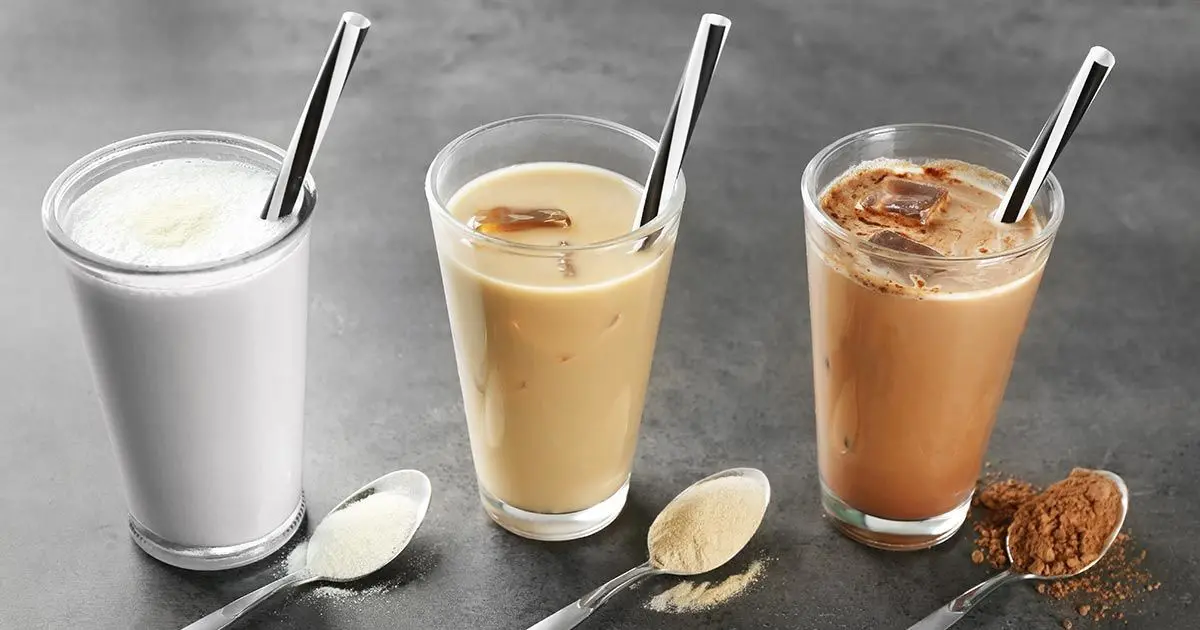
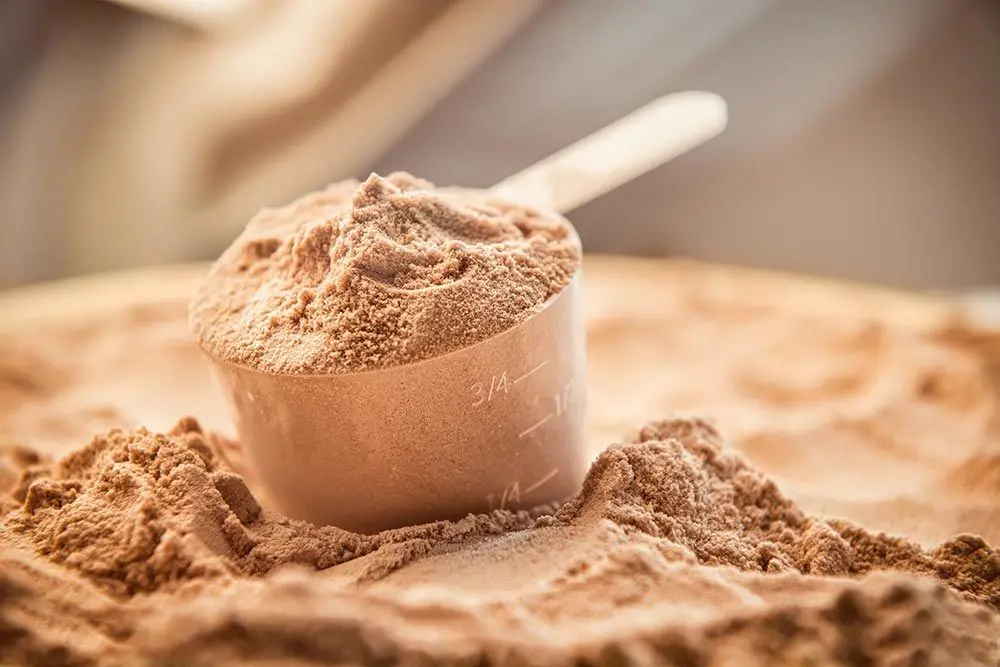
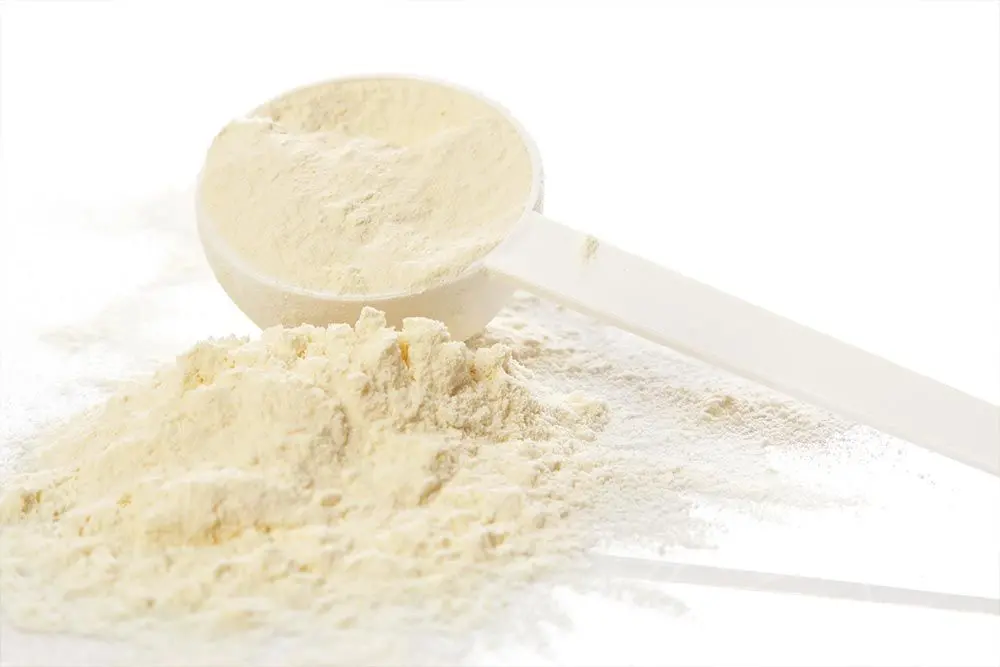

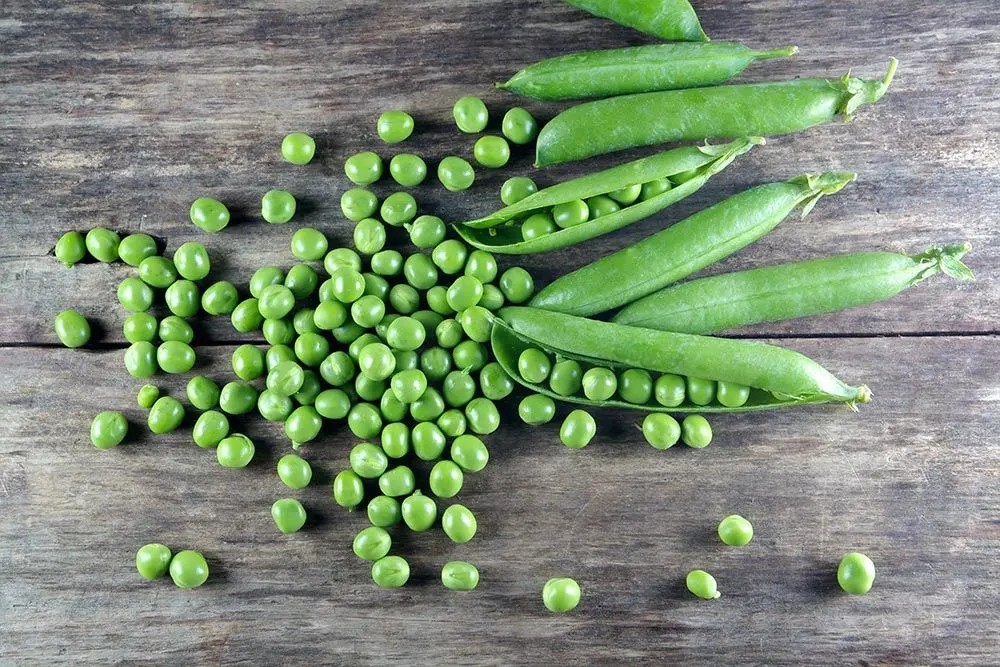
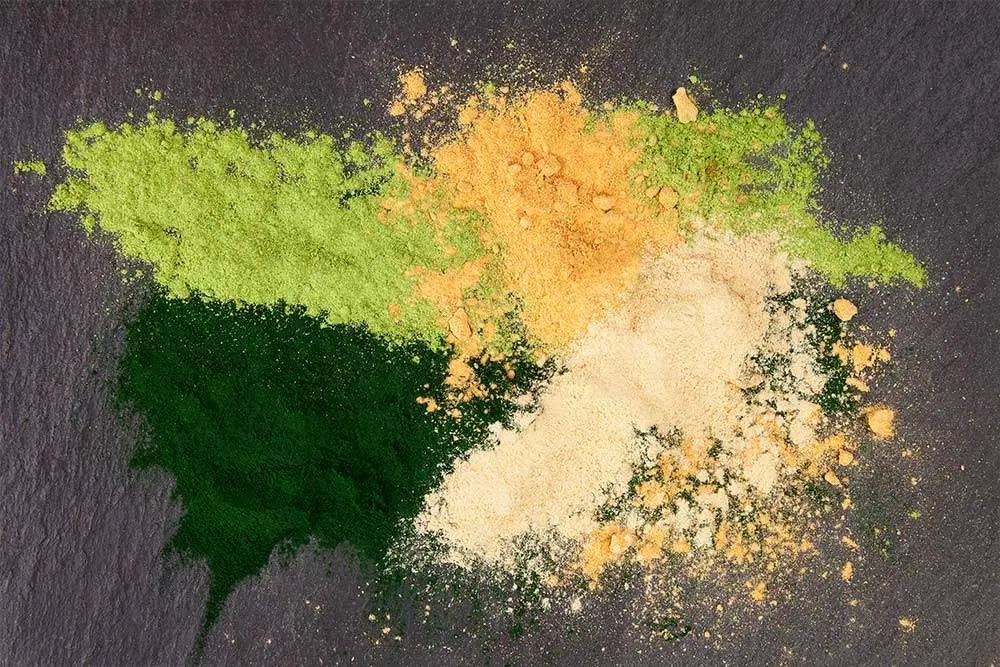
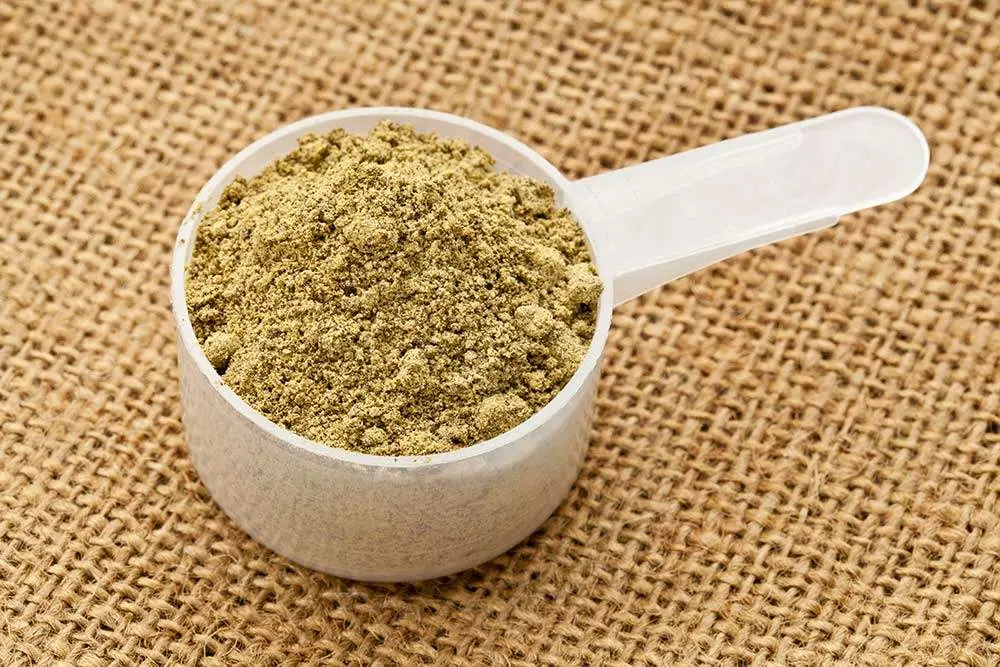
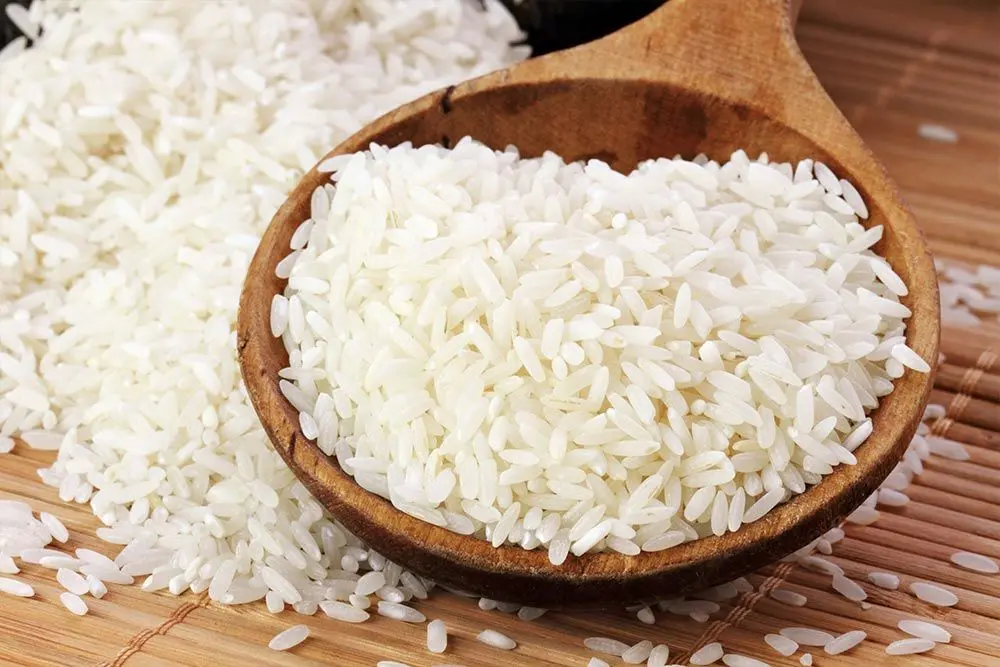
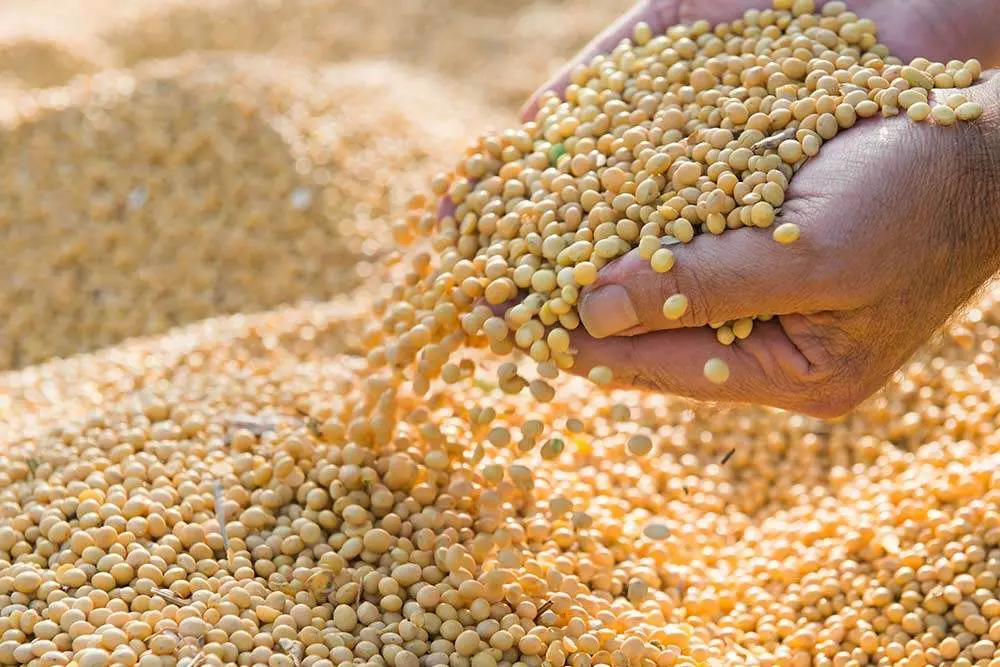
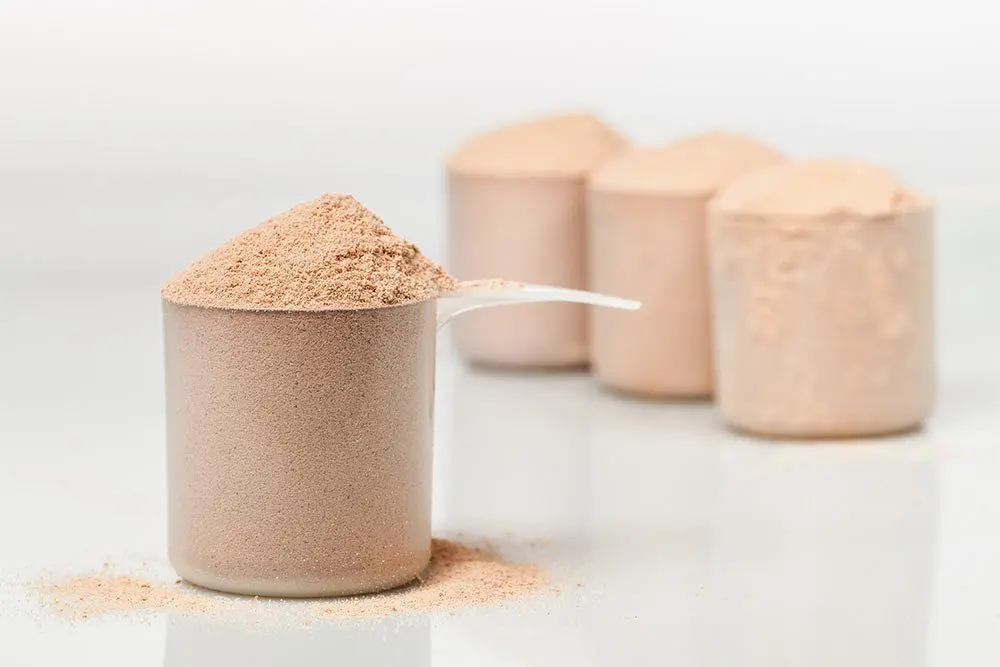



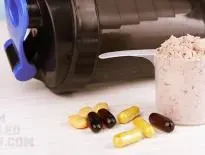
I am 80 and have been bodybuilding for 60 years (In the 1963 Mr. Texas). Back in the 60s I tried Joe Weider’s protein tablets, they were probably nothing more than sheet rock dust.
I have been taking Optium Nutrition 100% Whey at about 2-3 scoops a day. It definitely helps my body grow as well as retain muscle.
Sometimes I order RULE 1 Protein Powder if the price is right. RULE 1 has less “other ingredients” in it. Both mix well and taste great.
Thank you for your great articles.
Stay healthy!